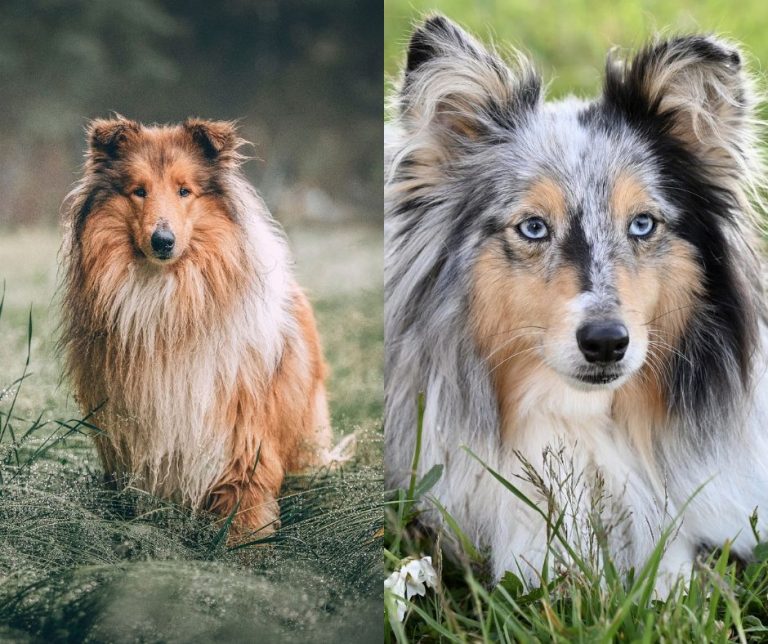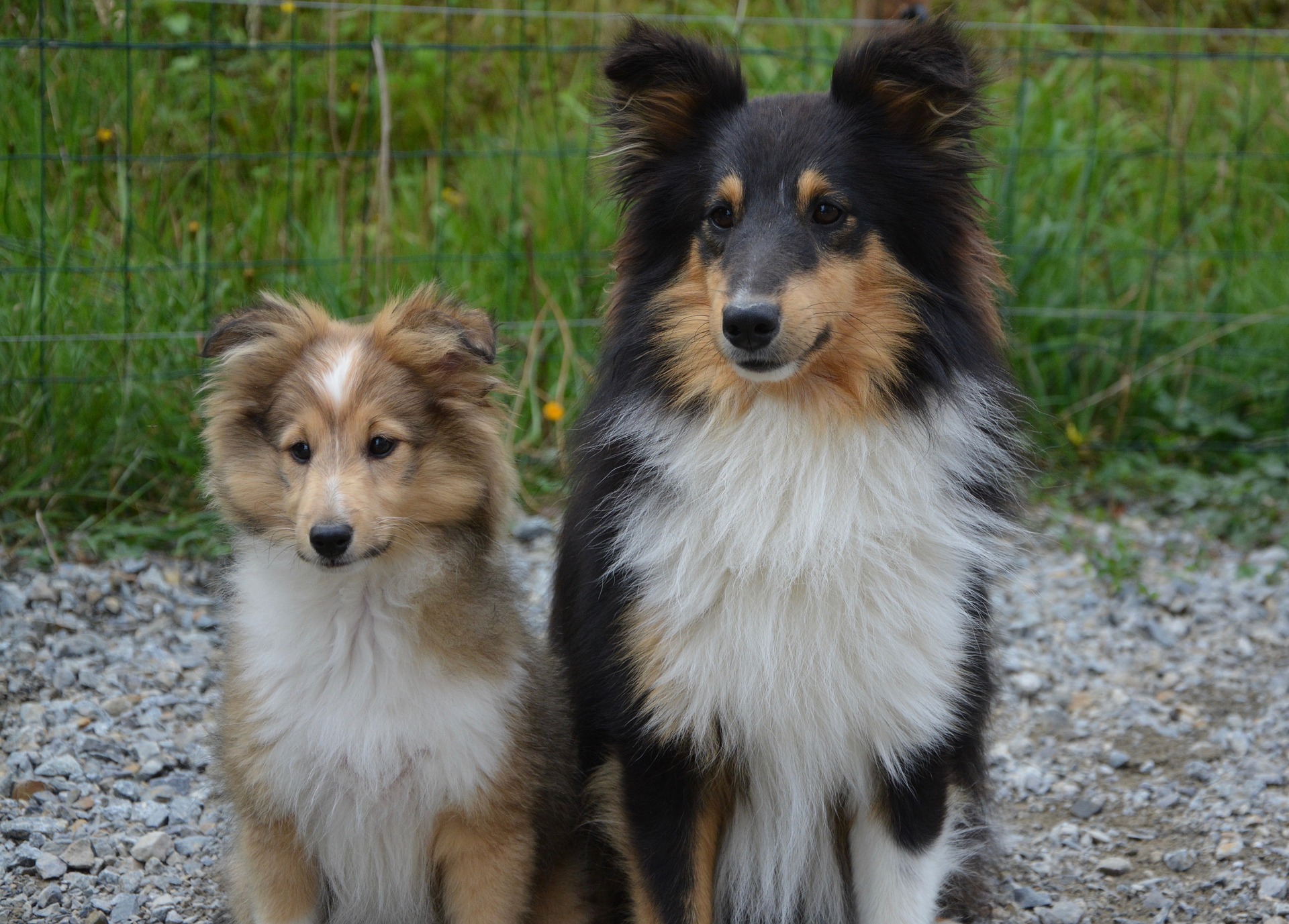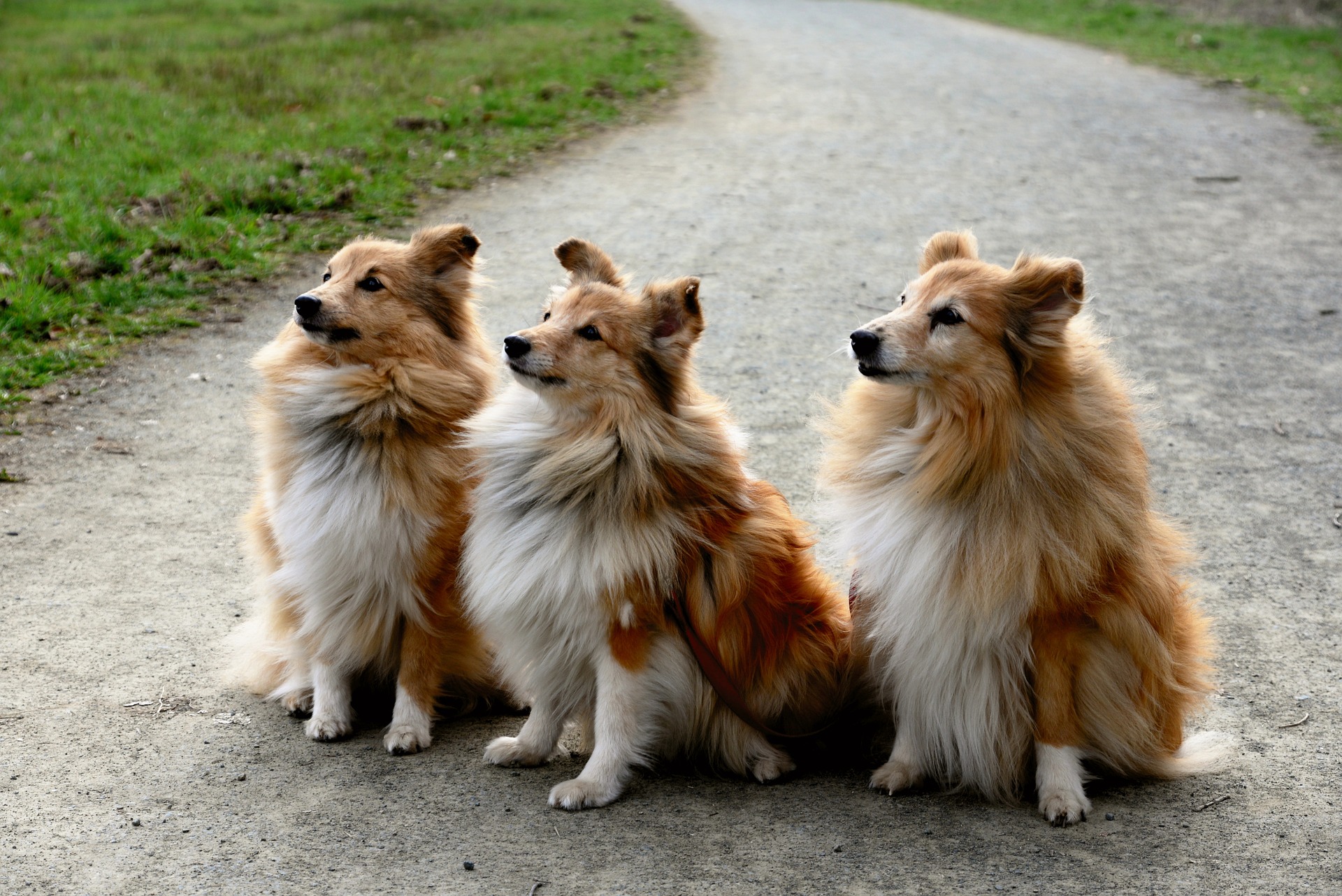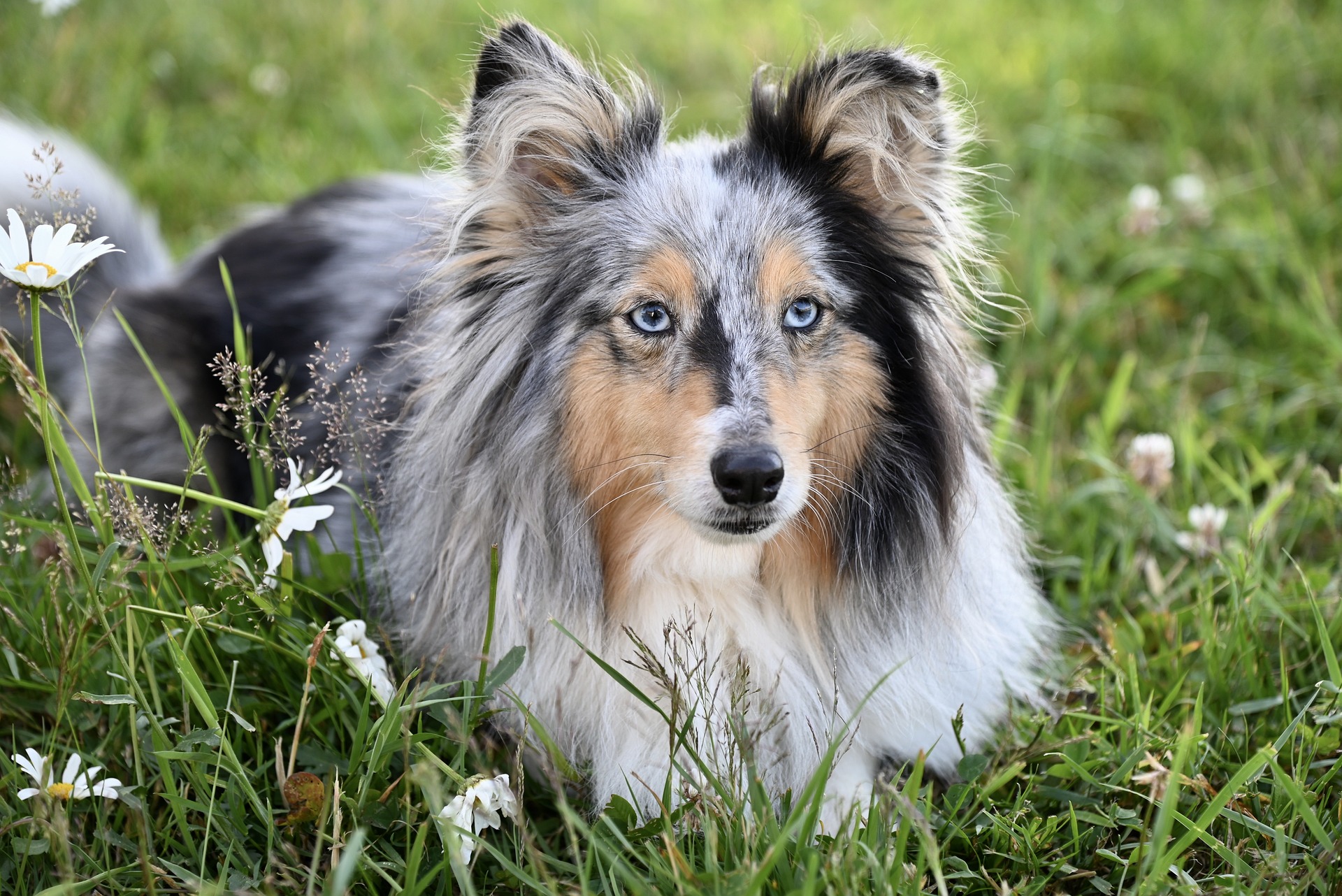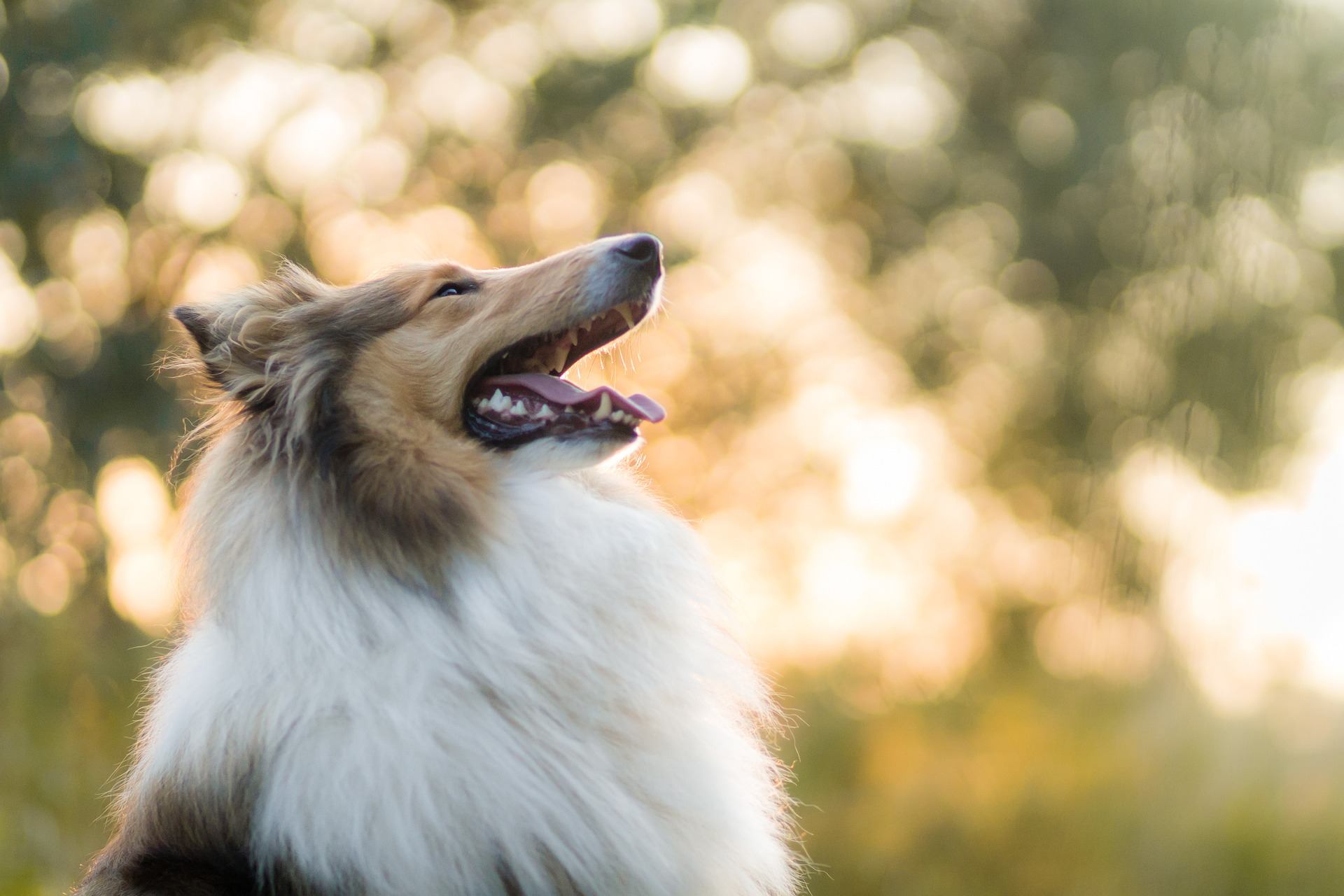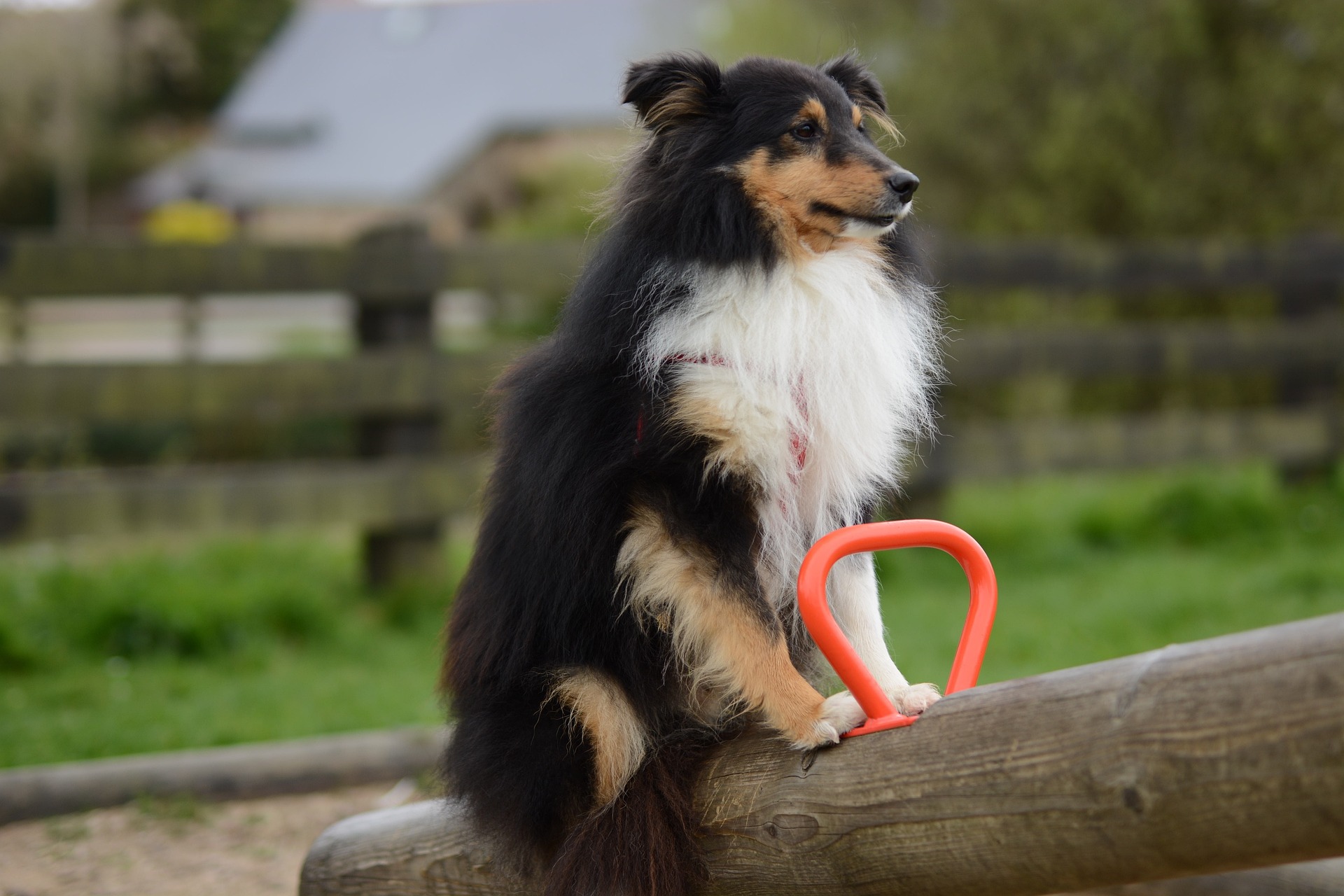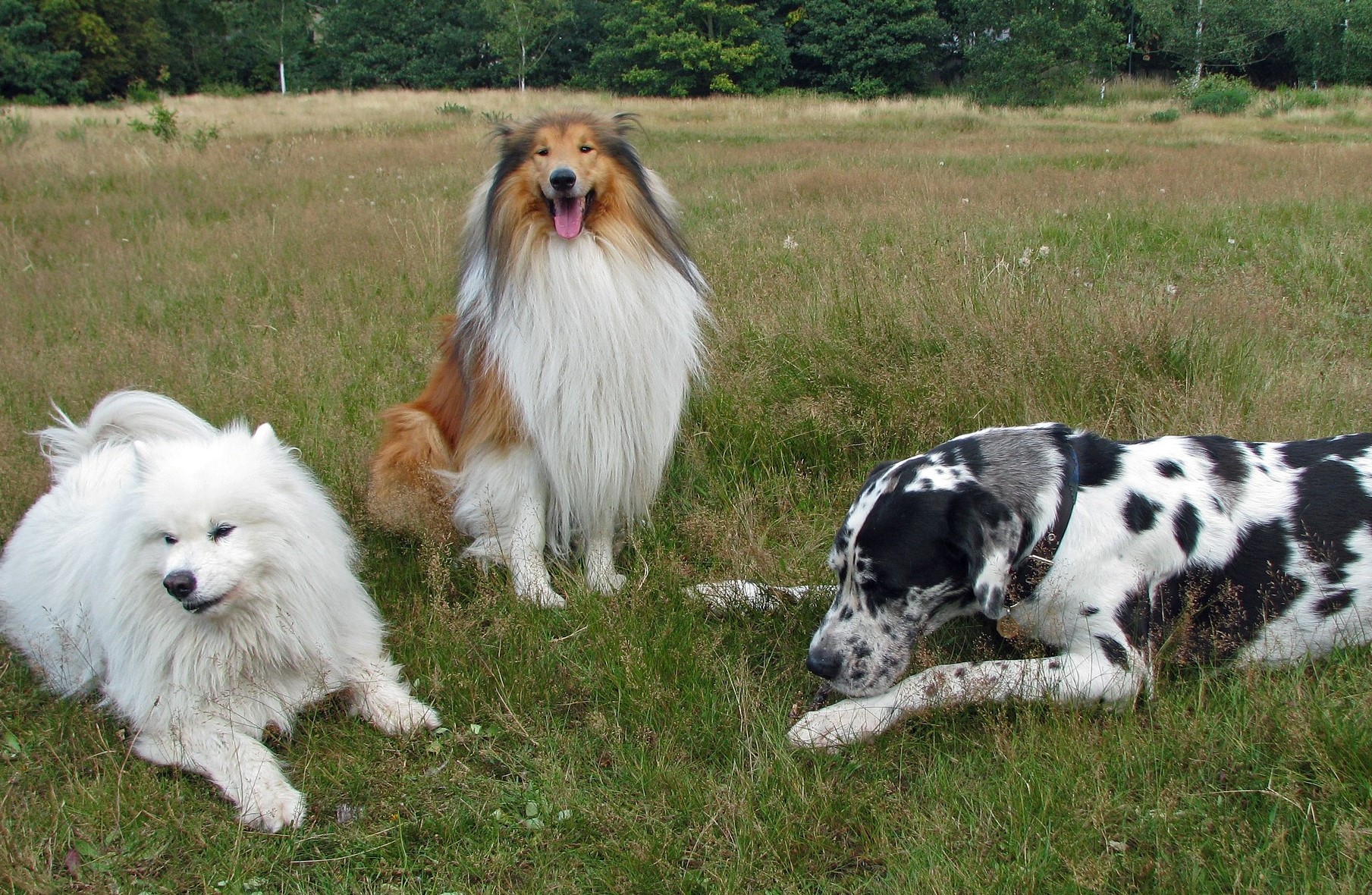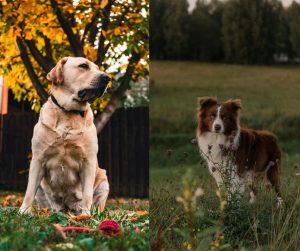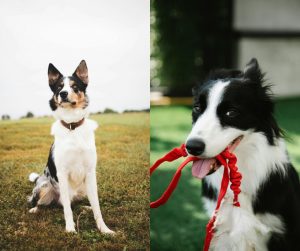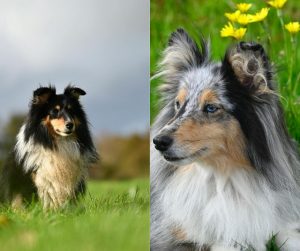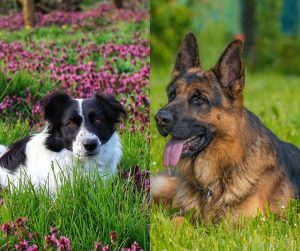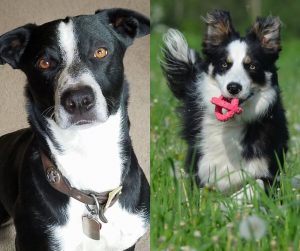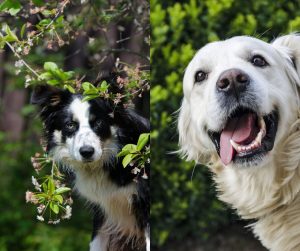The Shetland Sheepdog and the Collie are two breeds that often lead to a mix-up due to their strikingly similar appearances and shared herding heritage.
Originating from Scotland, both breeds exhibit a blend of intelligence, loyalty, and family-oriented temperaments that make them ideal companions.
Despite their common traits, they are distinct breeds with unique characteristics that cater to different lifestyles and preferences.
Understanding the differences between Shetland Sheepdogs and Collies is crucial for prospective pet owners.
The Sheltie, as the Shetland Sheep dog is commonly known, is compact and agile, suited for small living spaces and zealous in their agility.
Collies, on the other hand, grace the larger end of the size spectrum, their statuesque physique matched by an equally calm and trainable disposition.
Choosing between the two popular dog breeds goes beyond their looks—it’s about finding a personality and energy level that matches your own. Let’s take a deeper look into the Shetland Sheepdog vs Collie dog breed comparison.
Key Takeaways
- Shelties and Rough Collies share a Scottish origin but are distinct in size and living space requirements
- They both boast herding skills, intelligence, and loyal temperaments appropriate for family life
- Recognizing the individual needs in health, care, and exercise is essential for a happy pet and owner relationship
Origins and History
When one thinks of herding breeds from the British Isles, two distinct dogs might come to mind: the Shetland Sheepdog and the Collie.
They’re both steeped in a rich history that’s entangled with the rural life of Scotland, yet each has a tale as unique as their appearance.
Ancestry of Shetland Sheepdogs
The Shetland Sheep dog, affectionately known as the Sheltie, echoes the harsh and beautiful landscape of the Shetland Islands.
Originally bred to herd sheep and ponies, they have proven to be indispensable companions to the farmers of these rugged Scottish lands.
Their lineage is a tapestry woven from the threads of different breeds, including working dogs from the Scottish mainland that likely mingled with the native Icelandic dogs.
Over time, the Sheltie became a distinct breed tailored by the challenging weather and the need for a capable yet small herding dog.
History of Collies
Rough Collies have a storied past that also traces back to Scotland.
It’s said that the Rough Collie—a larger, astute, and equally loving herding dog—evolved from local herding breeds and possibly the Roman’s brought dogs, adapted to the diverse working conditions, from guarding to herding in Scotland’s pastoral settings.
A notable ancestor in the Collie’s pedigree could be the Border Collie, which itself is renowned for its intelligence and herding prowess.
They held a crucial role alongside Scottish shepherds and farmers, gaining popularity not only for their practical skills but also for their striking looks and gentle nature, which would later make them beloved pets and show dogs around the world.
These two are also closely related to the Border Collie. They are all herding dog breeds that have found a place in the family as pets as well. And let’s not forget their cousins like the Smooth Collie and Bearded Collie.
They are all recognized by the American Kennel Club and the United Kennel Club.
Physical Characteristics
When you meet a Collie or a Shetland Sheepdog herding breed, it’s like being greeted by a work of living art, each with their unique flair. Here’s a look at their physical traits that set them apart.
Size and Weight
Collies
- Height (males): 24-26 inches
- Height (females): 22-24 inches
- Weight: 50-75 pounds
Shetland Sheepdogs
- Height: 13-16 inches
- Weight: 15-25 pounds
Collies stand tall and proud, with a significant size advantage over their Shetland cousins, who are more petite and lighter.
Coat Types and Colors
Collies
- Coat: Rough or smooth varieties
- Colors: Sable, tricolor, blue merle, and white
Shetland Sheepdogs
- Coat: Long and double-coated
- Colors: Sable, black-and-white, blue merle, and more
While both dog breeds sport a double coat, Collies offer a choice between rough and smooth. Their color palette is more restricted compared to Shetland Sheepdogs, who flaunt a wider array of colors and patterns.
Distinctive Features
Collies
- Ears: Typically semi-erect with a forward fold
- Muzzle: Tapering
Shetland Sheepdogs
- Ears: Small, set high, and generally more erect
- Muzzle: Tapering, but proportionally shorter
With their semi-erect ears and a muzzle that gently tapers to the nose, Collies carry an expression of wisdom. Shelties may share the ear posture but tend to have a more compact muzzle reflecting their daintier form.
Personality and Temperament
When deciding between a Shetland Sheepdog and a Rough Collie, it’s important to understand their unique personalities and temperaments. These traits can profoundly impact the dynamic of a household. Let’s take a closer look at the behavioral quirks and general dispositions of these two lovable breeds.
Behavioral Traits
Shetland Sheepdogs, often referred to as “Shelties,” are renowned for their intelligence and energetic nature. They are incredibly affectionate and form strong bonds with their families.
Their herding instincts can sometimes manifest in a playful attempt to herd their human family members, especially children.
Typically, Shelties are reserved around strangers, which is a testament to their protective nature.
On the other hand, Collies are known for their gentle and friendly demeanor.
These dogs are just as intelligent as their Sheltie counterparts but tend to be less reserved with new people.
While they may not be as energetic as Shelties, Collies still possess strong herding instincts and can be very playful when the mood strikes.
Shetland Sheepdog vs Collie Dispositions
Both breeds excel in families due to their inherent friendliness and affectionate qualities.
However, the Shetland Sheepdog might suit someone looking for a smaller, more energetic companion who can match a lively household’s pace.
They are quick to alert their family members if anything seems amiss, revealing their reserved yet vigilant character.
Collies, appreciated for their calm and affectionate nature, may blend harmoniously into a variety of household settings, from the tranquil to the spirited.
With a more relaxed disposition, they might be the right fit for families or individuals preferring a less active breed that remains intelligent and friendly.
Their inclination to be less guarded makes them warm and welcoming additions to any home.
Health and Care
When exploring the health and care requirements for both Collies and Shetland Sheepdogs, it’s clear that these two breeds have their distinct needs. From routine grooming to managing specific health conditions, understanding these factors will ensure that these dogs lead healthy and happy lives.
Common Health Issues
Both Collies and Shetland Sheepdogs are generally healthy, but they are prone to certain genetic health issues.
It’s not uncommon for them to face hip dysplasia, a condition that affects the joint’s proper alignment, potentially causing discomfort and mobility issues.
Hypothyroidism, which can lead to obesity, lethargy, or other health problems, is also something to watch for.
Another concern is progressive retinal atrophy, an eye condition that can result in deteriorating vision or even blindness.
Regular veterinary check-ups are key in catching and managing these ailments early on.
Grooming Needs
Keeping these dogs well-groomed is paramount, particularly to manage their shedding and keep their coats in top shape.
- Collies: They feature a dense double coat that requires frequent brushing, ideally a few times a week, to keep loose hair at bay and prevent mats. During shedding season, they’ll need daily brushing
- Shetland Sheepdogs: Similar to Collies, Shelties have a double coat, and they shed quite a bit
Regular brushing is just as important to avoid tangles and mats, especially behind the ears and under the elbows.
For both breeds, routine nail trimming, ear cleaning, and teeth brushing are part of a comprehensive grooming routine.
Diet and Nutrition
A balanced diet is a cornerstone of their health and care.
Given their energy levels, both breeds respond well to high-quality dog food that’s rich in nutrients.
How much they eat depends on their metabolism, age, and activity level.
- Puppies: They generally need small, frequent meals throughout the day
- Adults: Typically, two meals a day is a good standard, but it’s essential to adjust portions based on exercise habits to prevent overfeeding
Moreover, regular exercise is as important to these breeds as a solid diet.
Collies and Shelties boast high energy reserves and benefit greatly from daily physical activity to keep them fit and mentally stimulated.
They enjoy walks, playtime, and herding activities, which align with their energetic and intelligent nature.
Remember, a well-exercised dog is a happier and healthier companion.
Their bark tends to be on the enthusiastic side, so they also appreciate activities that keep them engaged and less prone to vocalization out of boredom.
Training and Exercise
When it comes to Shetland Sheepdog vs Collie, one can expect a dog training experience that’s as rewarding as it is essential. Both breeds thrive on mental stimulation and physical activity, making regular training and exercise crucial for their well-being.
Training Techniques
Shetland Sheepdogs, or Shelties, are gifted with exceptional intelligence, making them highly trainable.
Interactive play can be a great way to teach a Sheltie puppy new commands, mixing joy with learning.
Positive reinforcement works wonders with Shelties, as they keenly respond to treats and praise.
On the flip side, Collies also exhibit high trainability but may sometimes display a hint of stubbornness.
They benefit from consistent, firm training sessions coupled with a gentle hand.
One should never be harsh, as Collies respond best to kindness and patience.
- Shetland Sheepdogs:
- Responsive to positive reinforcement
- Excellent in agility and obedience due to high intelligence
- Collies:
- Benefit from consistent and patient training
- May require a firm yet gentle approach
Exercise Requirements
Shelties carry an abundance of energy that needs an outlet. They love to play and require daily exercise to maintain their physical health and happiness. A game of fetch or a brisk walk can do the trick.
Additionally, Shelties relish agility courses that challenge their bodies and minds.
Collies, with their herding instincts, have similar exercise needs. They adore spacious environments where they can run freely.
Channeling their energy into activities like herding or flyball keeps their minds sharp and bodies fit. Because of their herding instinct, coupled with their stamina, these dogs excel in dog sports. Agility training and dog sports provide opportunities for physical exercise, but also mental stimulation.
- Shetland Sheepdogs:
- Require vigorous daily exercise
- Enjoy mentally challenging activities
- Collies:
- Need ample space to satisfy their running inclination
- Thrive with activities that provide mental stimulation and physical exertion
Compatibility with Family
Finding the right dog for your home often hinges on how they’ll mesh with your family dynamics. Shetland Sheepdogs and Collies both have stellar reputations for family life—but in slightly different ways.
Shetland Sheepdogs and Families
Shetland Sheepdogs, affectionately known as Shelties, are ideal for families. They carry a big heart in a small frame, standing around 13 to 16 inches tall and weighing about 15 to 25 pounds. Their size makes them a good fit for homes with limited space.
Shelties blossom in environments where they can engage in play and receive lots of love—kids eager to run and play find a willing participant in these dogs.
Not only are they playful, but they also possess a gentle demeanor that makes them patient with children.
It’s common for Shelties to socialize well with the entire household, pets included. Their herding instincts can show in how they interact with family pets, often in a protective or guiding manner.
Collies in the Family Setting
Collie breeds stand taller. Males reach 24 to 26 inches and females reach 22 to 24 inches. They’re larger than Shelties, so they need a bit more room to stretch their legs. A loving nature allows Collies to form close bonds with humans, making them a treasure in homes with children.
They’re not just gentle giants; they’re also smart and enjoy engaging in family activities. Collies excel when they’re part of the action, whether it’s a game of fetch or a friendly romp in the backyard. Families will find a loyal companion in a Collie, one that’s always up for companionship and eager to protect its loved ones. Like Shelties, they get along well with other family pets, thanks to their pet-friendly attitudes.
When we talk about Collie breeds, we also have to mention the cousins to the Rough Collie, the Border Collie, Bearded Collie and the Smooth Collie.

